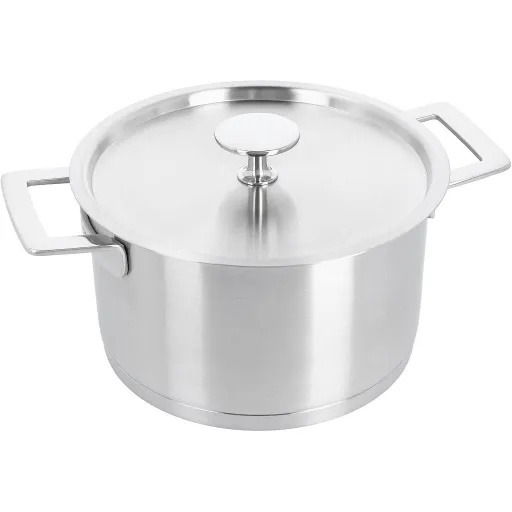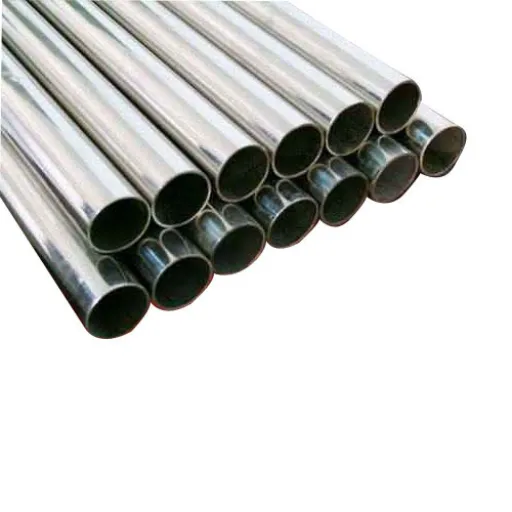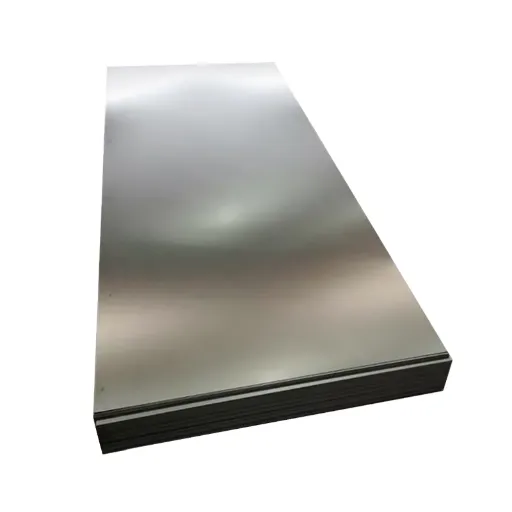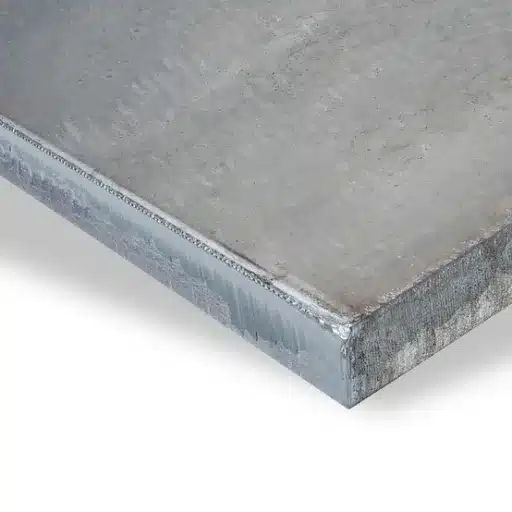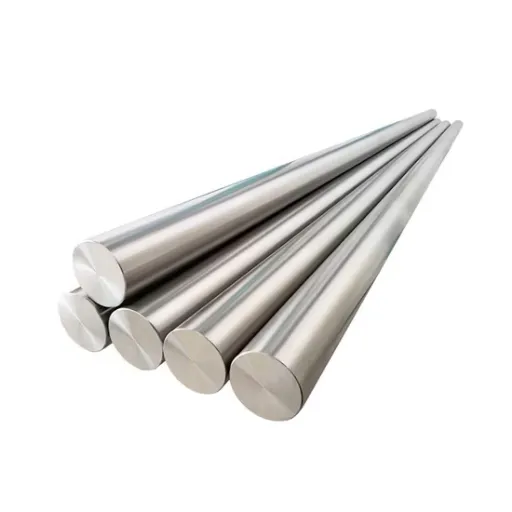The phrase “18/10 stainless steel” is often mentioned when talking about cookware and kitchen utensils—but what does it mean exactly? For cooks, buyers, and families who want to be informed about their kitchen tools, it is necessary to know this material. Not all stainless steel has the same quality and the 18/10 labeling implies quality, long-lasting use, and good performance. This guide will explain to you all the aspects of 18/10 stainless steel starting from its constituents and advantages all the way to the reason for it being the number one choice by both home and professional cooks. If you are replacing cookware, picking up flatware, or just wanting to know what makes this alloy so special, you can find the answer in this article.
Introduction: Understanding What Is 18 10 Stainless Steel
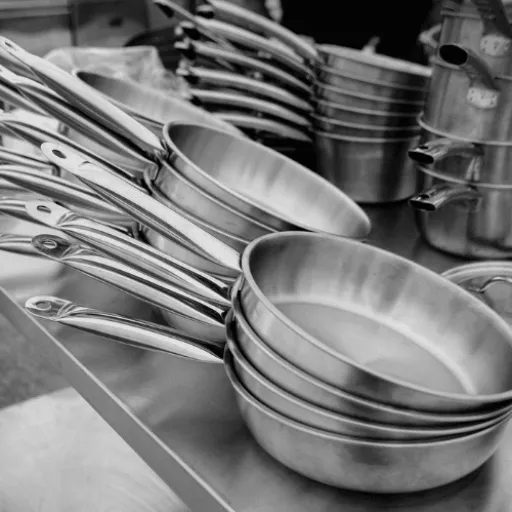
What is 18/10 Stainless Steel? Definition and Composition
18/10 stainless steel is the top-notch alloy that is used in the production of cookware, flatware, and kitchen utensils with the best mix of strength, corrosion resistance, and beauty. The “18/10” notation indicates the alloy’s composition, more precisely, the percentages of chromium and nickel.
Chromium (18%): Chromium is the main component that gives stainless steel its primary characteristic—resistance to corrosion. The element reacts with the surrounding oxygen and forms a thin, non-reactive oxide layer on the surface, which keeps iron underneath from rusting or staining.
Nickel (10%): Nickel not only adds to the strength of the steel but also gives it a bright and shiny finish. Its presence further increases the steel’s tolerance against acids or salts coming from food.
Moreover, around 72%-74% iron is present in 18/10 stainless steel, besides small amounts of carbon, manganese, and silicon, which all together make the alloy strong and workable. Not only that, but this specific makeup also makes the material very attractive and functional at the same time, hence why it’s loved by both restaurant staff and home cooks. Its inability to wear out or tarnish gives it a lifetime even if it’s used daily.
Why It Matters for Cooks, Shoppers, and Families
The main reason for cooks, shoppers, and families to know the importance of 18/10 stainless steel is that it will help them to choose the right kitchenware. Cooks, especially the ones who work in restaurants, want 18/10 stainless steel because its robust and non-reactive characteristics allow them to work with highly acidic foods like tomatoes and citrus without losing flavor. Their partner in the kitchen is the ability to shine, resist corrosion, and wear which is also a challenging environment in catering. Recent industry data indicate that more than 70% of chefs working in professional kitchens prefer stainless steel cookware due to its even heat distribution and easy maintenance.
To the shoppers, buying 18/10 stainless steel kitchenware means a safe investment in the long run. Although the price is a bit higher initially than other materials, its durability and performance mean fewer replacements. A 2023 study conducted by the Cookware Manufacturers Association indicates that stainless steel wares last on average 10-15 years, which is way longer than the life span of many other materials. This longevity makes it a pay-off and thus a green option for the households that are striving to cut down on waste.
What Is 18 10 Stainless Steel Made Of
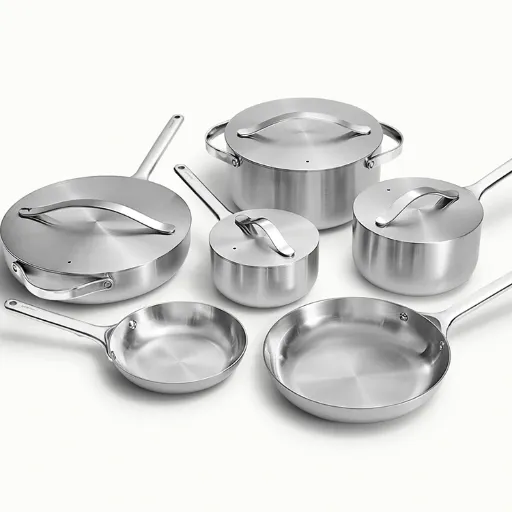
What 18/10 Stainless Steel Consists Of?
The chromium, which is the prime component of the stainless steel 18/10, is the one that gives it the property of being resistant to corrosion. In the presence of chromium, the steel gets oxidized by the air and a very thin, imperceptible layer of oxide is formed on the surface which protects the steel from rusting and staining. The layer is self-healing and that is why the 18/10 stainless steel is very much resistant to rust and tarnishing.
Additionally, nickel contributes to the strength, brightness, and non-magnetism of the alloy. The increase of this material with the addition of 10% nickel makes it more resistant to acids and alkalis, making it perfect for heavy-duty kitchen usage and being in contact with various food items without wearing out. A good deal of the polished, bright finish that gives stainless steel products their aesthetic charm and grace derives from nickel.
How the Specific Components Contribute to High Resistance and Great Shine
The unique composition of 18% chromium and 10% nickel is what distinguishes 18/10 stainless steel and allows it to be a high-quality material resistant to corrosion and shine. Chromium is the main contributor since it creates an extremely thin, passive oxide layer over the steel that prevents rust and at the same time, adds to the strength. The oxide layer is very much like a daily maintenance routine that the material undergoes, as it constantly ensures that the surface area is protected even in the face of damage. Nickel, on the other hand, promotes the steel’s resistance to acid and alkaline substances while introducing a smooth, lustrous finish that is more or less impervious to tarnishing.
New studies are asserting that the stainless steels with a higher chromium content (e.g., over 16%) will be able to resist pitting and crevice corrosion better in saltwater-rich environments than their lower Chromium-content counterparts. Not only nickel enhances this resilience but also it becomes a contributor to the strength and ductility of the steel, making it applicable for many different uses. The high gloss of 18/10 stainless steel is a result of its microstructure, which is a reflection of light after it has been polished to the right degree. These features, along with the fact that the material can be recycled, make 18/10 stainless steel a sustainable and aesthetically pleasing choice for modern cookware and household items.
Key Benefits of 18 10 Stainless Steel for Everyday Use
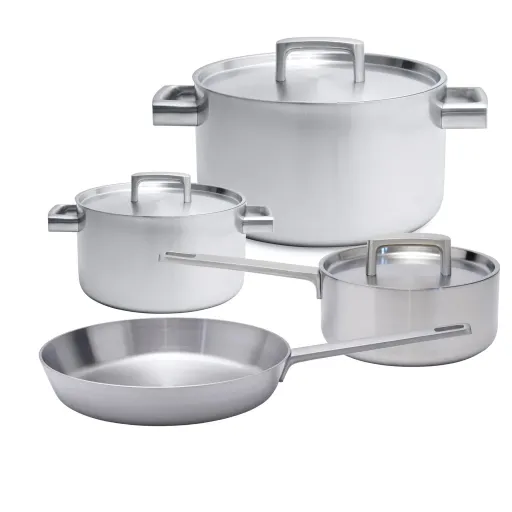
Durability and Resistance to Rust and Staining
The stainless steel with designation 18/10 is praised for its remarkable durability as well as the combination of these properties that make it the best metal for cooking and household items. The particular steel grade has 18% chromium and 10% nickel, so it has a higher corrosion resistance than steel grades like 18/8 or 18/0. The chromium creates a protective layer on the steel’s surface, preventing oxidation, while the nickel improves hardness and lustre, thus guaranteeing a long life and reliability even under frequent use.
There has been research showing that 18/10 stainless steel is really good at resisting stains and discoloration, even when it comes in contact with acidic or alkaline things. For example, the cookware made from this material won’t show any rust or spoiling if you cook tomatoes, citrus, vinegar-based sauces, and even more, very often. The recent evaluation says that the stainless steel items made of 18/10 grades, when maintained in the right way, can last for more than 50 years, which is definitely a long period in comparison to the less durable materials available in the market.
Non-Reactive Surface Safe for Food Preparation
Among the many advantages of 18/10 stainless steel, the one that stands out is its non-reactive surface that makes it possible to use this metal for food processing. Unlike the other materials, this type of stainless steel does not affect the properties of the acidic or alkaline foods, thereby allowing the natural flavors and the nutritional values of the ingredients to be retained. For example, when making tomato-based dishes or citrus-based sauces, there would be no metallic taste transferred to the food while using stainless steel of the 18/10 grade.
Scientific experiments demonstrate that the composition of this alloy containing chromium (18%) and nickel (10%) results in a protective layer that is impervious to both corrosion and chemical reactions. This means a safer and healthier cooking environment and it is mainly beneficial for people who are health conscious regarding the long run. Even the FDA categorizes high-quality stainless steel as generally safe for food contact which is further establishing its reputation in kitchens all over the world.
Why Cooks Prefer 18 10 Stainless Steel Cookware
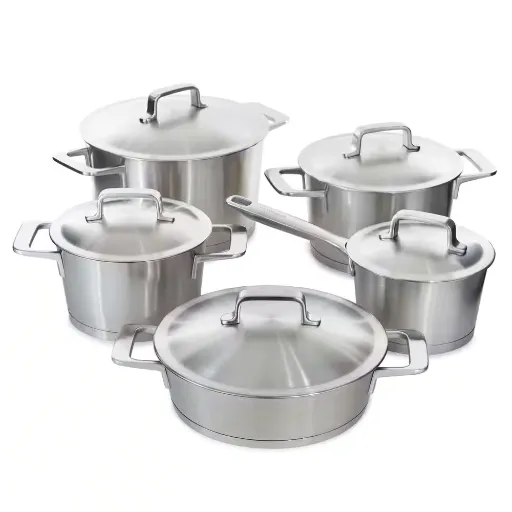
Even Heat Distribution for Better Cooking Results
One of the most remarkable properties of 18/10 stainless steel cookware is the even heat distribution which guarantees uniformly cooked food every time. The process of cooking is done mainly by use of the best stainless steel and sometimes with an aluminum or copper core enclosed between stainless steel layers. Both aluminum and copper are super heat conductors making the pot to heat up fast and uniformly all over its surface hence no hot spots that could cause uneven cooking.
Sources say this very good heat conduction not only saves energy but also helps the pot to keep the heat making it perfect for precision cooking techniques like sautéing, searing or simmering at constant temperatures. Studies show that 18/10 stainless steel pots and pans can reach the desired cooking temperatures quicker and keep them longer, leading to less cooking time and hence energy saving. By employing this combination of modern material and brilliant design, professional as well as home cooks are able to savor better the flavors, the textures, and the results of their meals.**
Maintenance Tips to Preserve Quality and Performance
Cleaning
Let the cookware cool down after each use before cleaning. This is to avoid warping due to temperature changes. Use warm water, mild dish soap, and a non-abrasive sponge to wash the dishes removing grease and food residues. For tough stains or burnt food, mix baking soda and water to make a paste and gently scrub with a soft cloth. Do not use harsh detergents or steel wool as they might damage the surface of the stainless steel by scratching it.
Avoid High Heat for Prolonged Periods
Stainless steel cookware works best at medium to low heat, as it transmits and retains heat excellently. Over time, using high heat can result in discoloration or warping. It has been demonstrated that cooking at lower temperatures is a way of preserving the stainless steel surface while at the same time getting consistent cooking results.
Preventing Water Spots
Water spots can be reduced by not allowing the cookware to stay wet after washing. When drying use a soft, lint-less cloth that will not leave any minerals on the surface. If water spots do appear, a quick wipe with a vinegar-water mix will erase the spots and will bring back the shine.
What Shoppers Should Know Before Buying 18 10 Stainless Steel Products
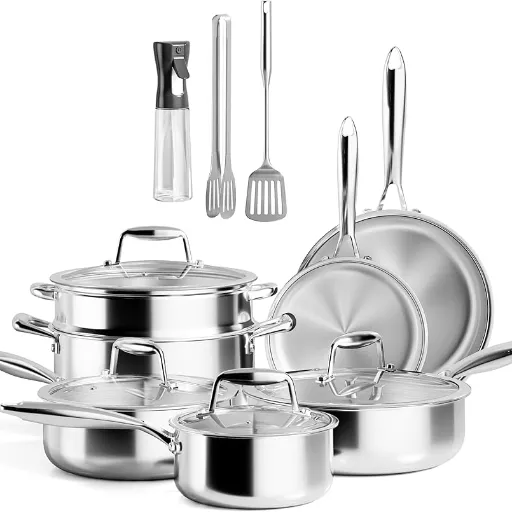
How to Identify Genuine 18/10 Stainless Steel Items
Verify the Product with the Label or Description
Not only but also reputable companies show their products clearly with stainless steel grading. In the product description, the term “18/10 stainless steel” or that of the item could be something like this. The numbers “18” and “10” represent the percentages of chromium (18%) and nickel (10%) respectively, which provide the shiny look and rust-proof feature.
Magnet Test
From one side, this test is not 100% accurate but on the other side, it might reveal some information. The real 18/10 stainless steel is, usually, not magnetic at all because of the high nickel content. If the magnet sticks very strongly to the surface, the material is likely not 18/10 stainless steel.
Assess the Price and Place of Purchase
High-quality 18/10 stainless steel products always cost more than the lower-grade alternatives because of the decreased nickel content. Now, be careful with the unusually low-priced products as they might be made from inferior materials. To ensure the highest quality, always buy from reputable retailers or brands that are known for quality.
Choosing Trusted Brands and Certifications to Avoid Counterfeits
In the case of buying stainless steel products, to avoid counterfeits and ensure high-quality materials it is very important to choose trusted brands with verifiable certifications. Recognize established manufacturers that are known for their reliability and compliance with the industry standards. All-Clad, Cuisinart, and Zwilling are the brands that people generally think of when they consider getting the quality and durability of stainless steel cookware and utensils that are indeed made of stainless steel. These manufacturers are giving you a clearer picture of the materials used in their products and more often than not, they even include certification documents of the use of 18/10 stainless steel.
Certifications are very important in the process of identifying the authenticity of your purchase. Seek for the certifications which are widely recognized in the industry, like ISO 9001 quality management standard or NSF (National Sanitation Foundation) certification, which allows only those products to be used for food contact that meet the safety and performance standards. Also, some stainless steel products might be carrying tags like “304” or “316”, which point out the specific grade of steel used, with 304 being equivalent to 18/10 stainless steel.
Reference Sources
-
Crystalia USA Blog
Title: 18/10, 18/8, and 18/0 Stainless Steel: What Are the Differences
URL: https://www.crystaliausa.com/blogs/blog/18-10-stainless-steel-18-8-stainless-steel-and-18-0-stainless-steel-what-are-the-differences
This source explains the composition and differences between various types of stainless steel, including 18/10, making it a great reference for understanding its properties. -
Caraway Home Blog
Title: 18/0 vs. 18/8 vs. 18/10 Stainless Steel: What’s the Difference?
URL: https://www.carawayhome.com/blog/18-0-stainless-steel
This article discusses the differences in chromium and nickel content among stainless steel types, highlighting the benefits of 18/10 stainless steel. -
Made In Cookware Blog
Title: What Is 18/10 Stainless Steel?
URL: https://madeincookware.com/blogs/18-10-stainless-steel
This source provides a concise explanation of 18/10 stainless steel’s composition, durability, and resistance to rust and corrosion.
Frequently Asked Questions (FAQs)
What exactly is the metal alloy called stainless steel 18/10 and what qualities does it possess that make it such a popular material for kitchenware?
Stainless steel 18/10 is basically the name of the alloy that consists of 18% chromium and 10% nickel. The presence of these two elements in the alloy makes the steel very resistant to rust and corrosion as well as giving it a mirror-like, gleaming appearance. Durability, non-reactivity, and easy cleaning are the main reasons why stainless steel is the material of choice for high-end kitchenware in the form of cookware, utensils, etc.
What is the way to check the grade of the stainless steel used in the product?
In order to check the grade of stainless steel, first look for the marks or labels with “304” or “316” mentioned on the product or its package. These digits specify the chemical composition and grade of the steel. Moreover, the presence of certifications like NSF (National Sanitation Foundation) or ISO 9001 might be an indicator that the material complies with widely accepted safety and quality standards.
Which one is better between 316 stainless steel and 304 for kitchen use?
It is true that both 304 and 316 stainless steel are not only good but also great choices for kitchenware, however their application is a little bit different. 304 is the most common type used for general kitchenware because its excellent resistance to corrosion and low price, where 316 is made with molybdenum which takes it to a whole new level of being resistant to not just saltwater but also harsh chemicals and just overall tough environments.
Are there any health risks associated with the use of stainless steel in food preparing processes?
Stainless steel is mostly considered to be a safe option for food preparation as it does not emit any toxic chemicals into the foodstuff. Nevertheless, it is advisable to use only the top quality stainless steel like 18/10 or 304 grade ones that are also backed up with NSF certifications. Stainless steel products that are of poor quality and/or inaccurately manufactured might have some undesirable substances posing a threat to safety in the product.

